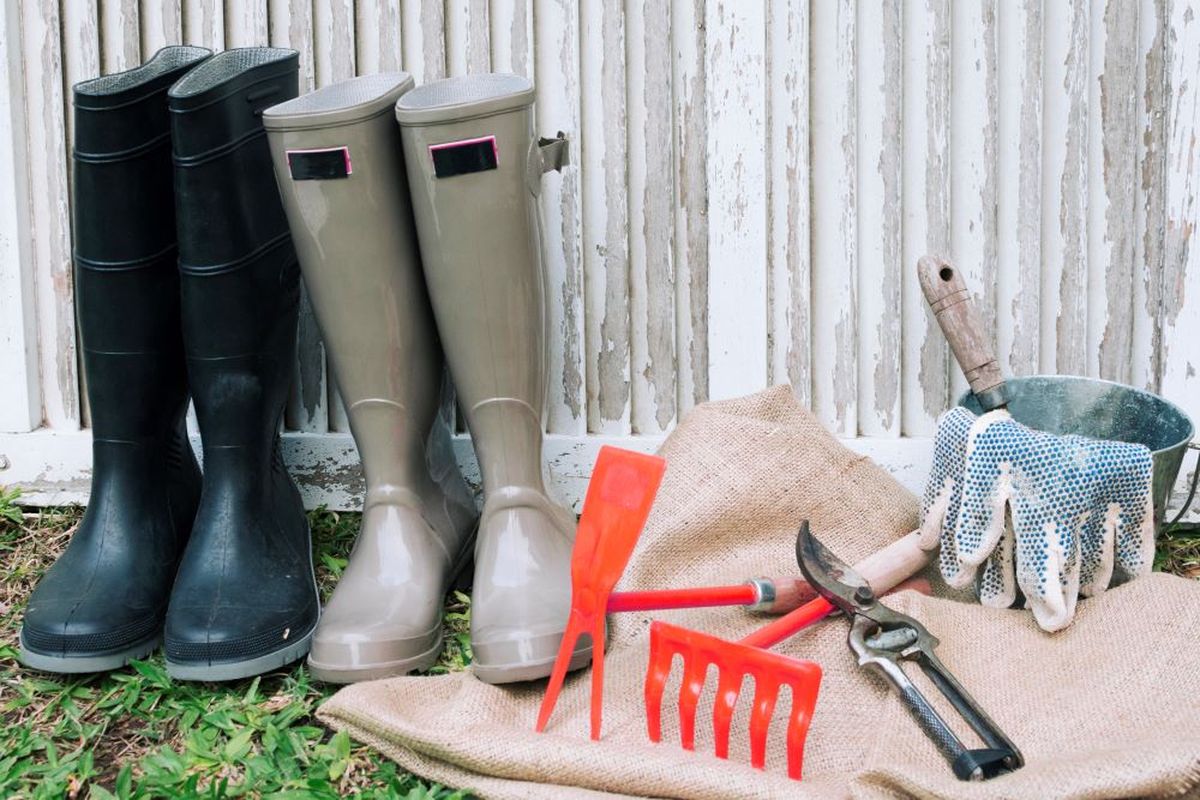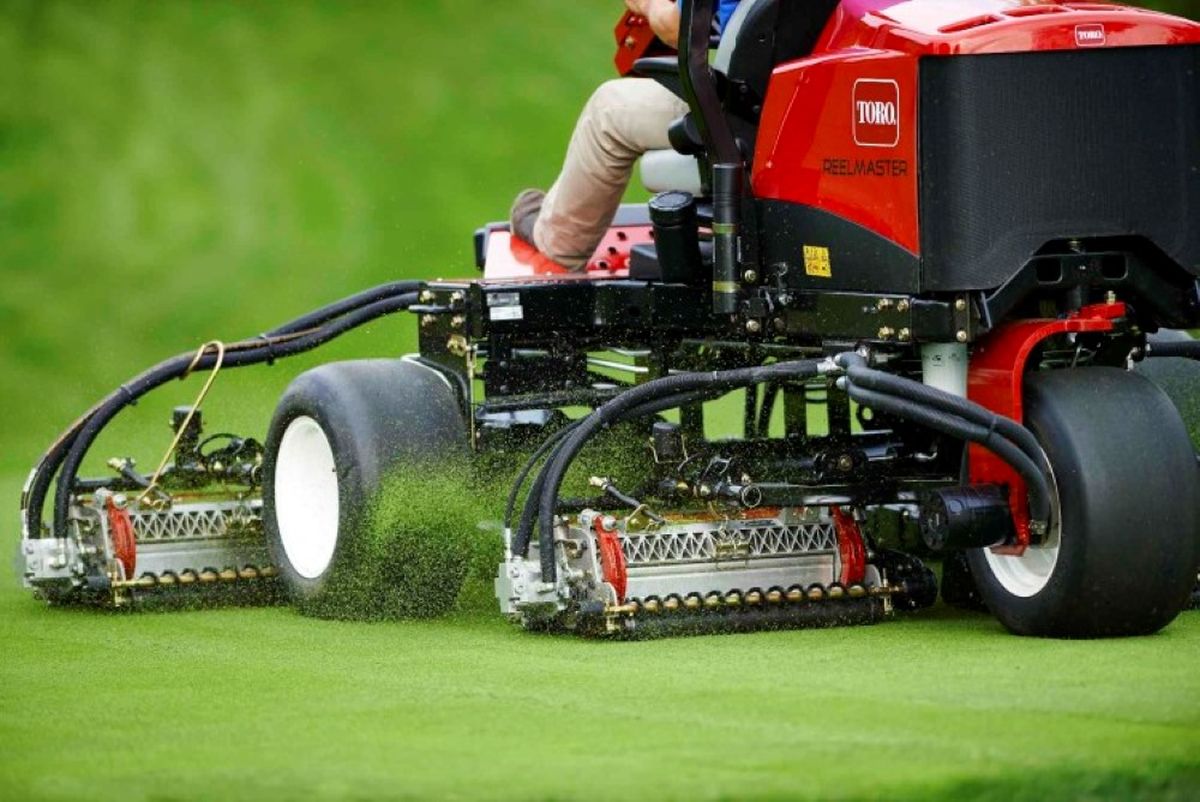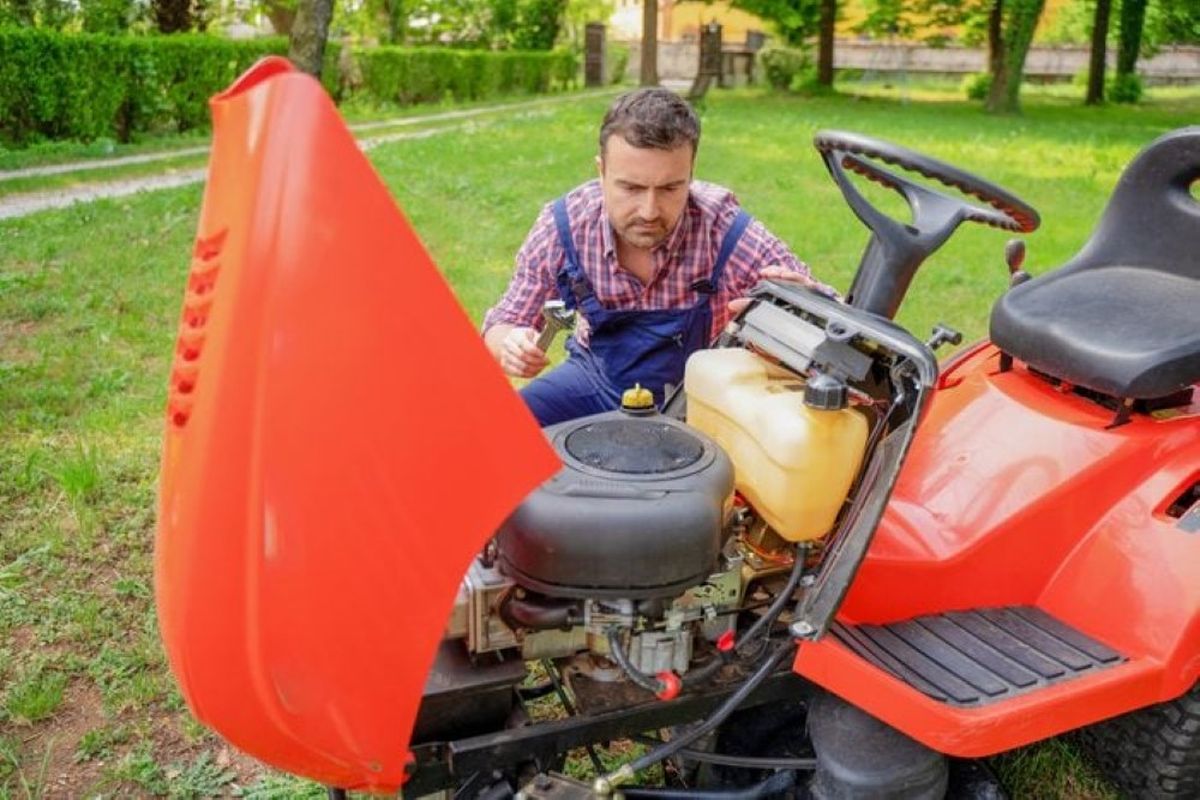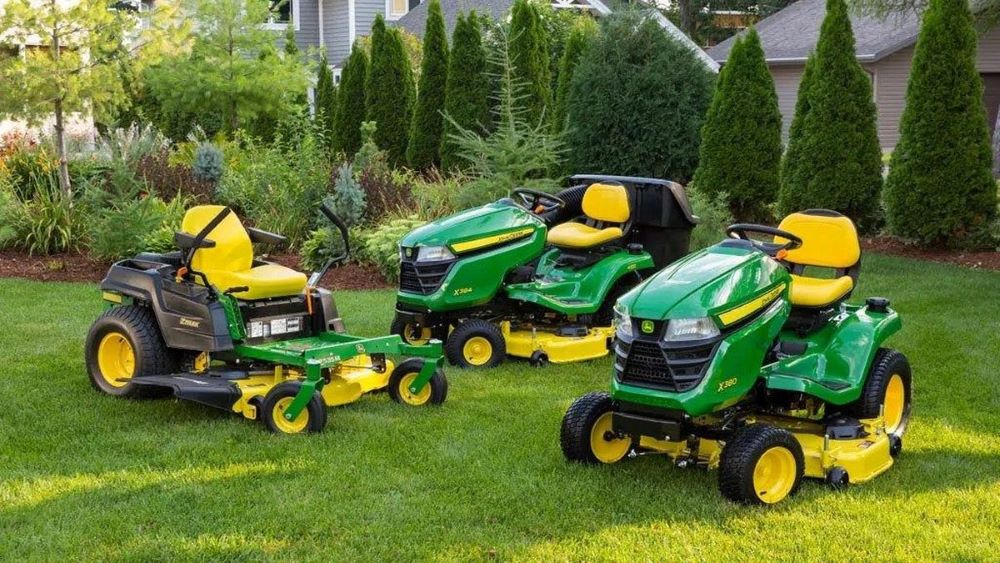Mastering Your Lawn: How to Use a Riding Lawn Mower with Confidence

Welcome to our comprehensive beginner’s guide on how to use a riding lawn mower. If you’ve ever gazed at your sprawling yard and wondered how to efficiently maintain it, you’re in the right place. In this guide, we’ll walk you through the essential steps and tips to confidently operate a riding lawn mower. Whether you’re new to lawn care or seeking to upgrade your mowing routine, mastering the art of using a riding lawn mower will make a world of difference in keeping your lawn looking pristine.
Preparation before Riding a Lawn Mower
Safety precautions

When it comes to learning how to use a riding lawn mower, safety should be your top priority. Before even hopping onto the mower, ensure you’re geared up with the necessary protective equipment. This includes sturdy footwear, safety goggles, and hearing protection to shield yourself from potential hazards.
But what if you’re wondering, “Can you use a riding lawn mower while pregnant?”. It is advised to abstain from using a mower during pregnancy due to potential risks linked with the vibrations and jolts. Before you start the engine, take a moment to inspect the various components of the mower. Oil and fuel levels should be checked, while the blades need to be examined for any signs of damage. Moreover, the mowing area should be cleared of obstacles such as rocks, toys, or debris that might pose a danger as you operate the machine. These precautions not only enhance your safety but also contribute to the longevity of your mower.
Familiarizing with the mower

To truly grasp how to use a riding lawn mower, your journey begins with understanding its controls and dashboard. These controls will allow you to regulate the speed, engage the blades, and make necessary adjustments during the mowing process.
Before you turn the key, you need to take a moment to adjust the seat to your comfort. A comfortable seating position not only enhances your overall experience but also ensures that you’re in a stable and balanced posture while operating the machine.
Mastering how to use a riding lawn mower involves careful preparation and safety measures. By adhering to safety precautions and becoming familiar with your mower’s controls, you’ll set the stage for a secure mowing experience. And remember, if you have concerns about mowing while pregnant, it’s always best to prioritize your health and seek alternative solutions.
How to Use A Riding Lawn Mower
With a grasp of essential safety measures and dashboard familiarity under your belt, it’s time to put that knowledge into action and begin using the riding lawn mower.
Starting the Engine

Before you embark on using a riding lawn mower, it’s crucial to start with the proper engine initiation process. If your lawnmower comes with a manual transmission, there’s a two-step process before starting the engine. You’ll need to press both the brake and clutch pedals or use the dual-purpose pedal before turning the ignition key.
On the other hand, if your lawnmower is equipped with an automatic transmission, the procedure is simpler. You might only need to press a button or flip a switch to get started. Operating the lawnmower is quite similar to driving other vehicles. If you enjoy hands-on control, a manual transmission allows you to manage gear changes. In contrast, with an automatic transmission, you just need to steer and press the gas pedal.
Blade Engagement

When you’re all set to start mowing, take a moment to manually adjust the cutting height using the dedicated lever. After that, you engage the blades using either the lever or switch designed for this function. As you move your lawnmower, stick to straight lines, and when it’s time to switch directions, make smooth U-turns.
Remember to slightly overlap your previous mowing path; this way, you’ll ensure no areas are left untouched. This careful approach guarantees an even and neatly trimmed lawn.
The controls of each lawn mower can vary, so it’s wise to refer to your operation manual before operating your riding lawn mower. In cases where your riding lawn mower doesn’t feature a combined brake and clutch pedal but instead has separate pedals for each, remember to press and release these pedals together. If you’re dealing with two distinct pedals, it’s likely you’re using an older-style lawn mower.
In the case of needing to switch gears while mowing, there’s no requirement to disengage the blades. You just need to simply press the brake and clutch pedals simultaneously, shift to your desired gear, and then release the pedals to continue.
Storage and Maintenance

When it comes to learning how to use a riding lawn mower, keep in mind that your mower will typically feature one to three blades, which are flat and sharpened on one side. Much like any cutting instrument, lawn mower blades can become dull over time, especially after heavy usage. Factors like encounters with rocks and roots can significantly impact blade conditions. Hence, it’s essential to regularly maintain them by either sharpening or replacing them when necessary.
Alongside blade care, you need to also stay attentive to your air and oil filters, replacing them as needed. Furthermore, maintaining a vigilant check on your fuel and oil levels is pivotal to ensure uninterrupted operation. When your riding mower requires repairs, it’s advisable to seek authorized repair shops for the necessary service and preventive maintenance. This approach ensures the longevity of your mower and prevents voiding your manufacturer’s warranty due to unauthorized repairs.
FAQs

Q: Can you use a riding lawn mower while pregnant?
A: It’s generally not recommended to operate a riding lawn mower while pregnant. The vibrations and potential jolts from the mower could pose risks to both the mother and the developing fetus. It’s safer to avoid using a riding lawn mower during pregnancy and seek assistance with lawn maintenance tasks.
Q: How often should I sharpen the mower blades?
A: The frequency of sharpening mower blades depends on usage. A good rule of thumb is to sharpen them at the start of the mowing season and occasionally when you’re mowing frequently. Dull blades can impact how well the mower cuts and also put extra strain on the engine.
Q: Can I leave the grass clippings on the lawn?
A: Leaving grass clippings on the lawn, known as “grasscycling,” can provide nutrients to the soil as they decompose. Nonetheless, an accumulation of excessive clippings can result in thatch buildup. To prevent this, adhere to regular mowing and implement the one-third rule: refrain from removing more than a third of the grass blade’s height in a single mowing session.
Q: How do I winterize my riding lawn mower?
A: A crucial aspect of winterization involves several steps: cleaning the mower, changing the oil, either draining the fuel tank or applying a fuel stabilizer, removing the battery or ensuring it remains charged, and storing the mower in a sheltered, dry space. For precise winterization instructions, it’s recommended to refer to your mower’s manual.
Q: Can I use regular gasoline in my mower’s engine?
A: Most mowers are designed to run on regular unleaded gasoline with an octane rating of 87. It’s essential to follow the manufacturer’s recommendations for fuel type and avoid using gas with an ethanol content higher than 10% to prevent engine damage.
Q: How do I prevent my mower from scalping the lawn?
A: For the prevention of scalping, you can make adjustments to the cutting height to reach an appropriate level. This ensures the grass isn’t cut excessively short by the mower. Regular mowing is essential, and it’s advisable to refrain from mowing when the grass is wet. Wet grass tends to clump together, leading to an uneven cut.
Q: When should I replace the mower’s air and oil filters?
A: Air filters should be replaced according to the manufacturer’s recommendations or if they appear dirty or clogged. Oil filters should be replaced during oil changes, as specified in the operation manual. Regular filter replacement ensures optimal engine performance and longevity.
Conclusion: A Beginner’s Guide on How to Use a Riding Lawn Mower
In this comprehensive guide on how to use a riding lawn mower, we’ve covered essential steps for safe and efficient operation. From preparation and safety measures to engaging blades and maintenance, mastering the art of using a riding lawn mower ensures a well-manicured lawn. Whether you’re new to lawn care or seeking to enhance your skills, these insights empower you to confidently navigate the world of riding mowers.
Related Articles